Starting right now, we are going to dive deep into the sunscreen world to understand how to choose the right sunscreen for you. How do you choose the best sunscreen for your skin type? Because, more often than not, people ask, “Is mineral better than chemical?” and that question gets under our skin—not because you don’t know, but because there’s this assumption that mineral sunscreens are better than chemical sunscreens.
We think it’s because chemical sunscreens are called “chemical sunscreens,” but if we had called them “organic sunscreens,” you would have been very excited about that. Because, guess what? Mineral sunscreens are inorganic. The reality is, one is not necessarily better than the other, and there’s actually a third class of sunscreens that nobody really talks about—the hybrid sunscreen that mixes both chemical and mineral filters together.
We’re going to talk a little bit about that as we go into this blog post.
Three Main Factors to Consider
The three main factors to consider when picking sunscreen are:
1) Your Skin Type
Are you on the oilier side or the drier side? Do you have combination skin or are you acne-prone? These are things you really have to think about. The most important one, though, is sensitivity. If you are sensitive, you might want to veer towards mineral sunscreens or hybrids because the traditional chemical filters can be irritating to the eyes.
2) Your Lifestyle and Environment
Are you in a humid environment or a dry one? The humidity factor around you is going to influence how your skin and your skin type react. But also, what is your lifestyle? Are you wearing a lot of makeup? Are you actually outside? Are you living in a city, going from building to building, or are you spending most of your days outside doing whatever it is people do outside? You can tell that we haven’t really been outside much.
3) Your Skin Tone
Are you on the lighter end of the spectrum or the darker end? Do you have a lot of sun damage, sunspots, melasma, etc.? The reality is, unfortunately, we haven’t made much progress when it comes to mineral sunscreens blending in seamlessly on the skin. It’s because they’re mineral sunscreens—they’re harsher ingredients to actually blend in. But hopefully, things are getting better, and we have a few options in this blog post that we test out.
Disclaimer: In the name of full transparency, please note that this post contains affiliate links and any purchase made through such links will result in a small commission for us.
Sunscreens for Dry Skin

Let’s start with dry skin, shall we? Because that is the place to start. A sunscreen that we recently discovered is Dr. Jart’s Every Sunday Sun Fluid. This is SPF 50, and it is a chemical sunscreen. What we love about this is that when you first apply it, you think it’s a little bit thicker, and you’re like, “Ooh,” but then it just melts into your skin, leaving your skin feeling very lightly hydrated, but just refreshed, quenched, and not sticky. This one, we were debating whether or not to include it in the roundup for oily skin as well, but we do think there is more of a moisturizing effect to this, so that is why we put it on the dry skin side of the blog post. It is an SPF 50, and it retails for $44.

Ultraviolet is a brand that has been around in Australia for quite some time, and internationally, we have been hearing some chirpings that it is going to be coming to the U.S. But this one, their SPF 50 Ultraviolet Supreme Screen for $52, is one of our favorites. It is a hybrid sunscreen—it has Tinosorb M, which is technically both a chemical and a physical filter. It is thicker in appearance, and this one is going to leave your skin feeling very much quenched in terms of hydration while protecting your skin from anything that you see.

The third one, which we have spoken about at length—and the price cannot be beaten—is the Beauty of Joseon. This is a $10 sunscreen with SPF 50. It is a hybrid; it does not burn our eyes. We love this for winter. Why? Because if you have dry skin and you’re in a dry environment, this is a beautiful sunscreen that leaves you feeling hydrated without making your eyes burn or feel like you want to rip them out. It literally just hydrates your skin, it doubles as a moisturizer, and it is lightweight and not greasy at all. But do not be surprised at the lightweight feel to it because it does leave your skin feeling hydrated. When we go into the hotter, more humid months, we tend to veer a little bit away from it because it feels a little bit too heavy on our skin, but in drier climates, for dry skin, it is great for the face.
So, those are probably the three top sunscreens that we would tell you to use for your face going into summer, and they’re all above SPF 50, which is great.
Sunscreens for Oily Skin
Now, moving on to oily skin. One that we hear a lot about from our community is, “I’m oily; I don’t like wearing sunscreens because I feel like it makes me oilier. It often leaves this shiny residue on my face.” So, we try to round up some sunscreens that will not make you feel shiny.

Starting with this one. It was a sunscreen from the Far East. Skin Aqua Tone Up UV Essence SPF 50. This has PA++++; it is a hybrid of chemical and titanium dioxide. The interesting thing about this—we think this was bought in Japan—is that it does leave you a tiny bit whiter in appearance, and we think they have that in order to make your skin appear more homogeneous. For some people, though, it can leave a little bit of a white cast, so just be aware, but it’s very lightweight. Don’t feel like you have something heavy left behind. It’s $7, okay? We also think it might have hyaluronic acid, so if you are somebody who’s very sensitive to it, let this be the only product that has hyaluronic acid in your roundup.

Number two is Canmake Mermaid Skin Gel UV. It has SPF 50; it is a hybrid of zinc, titanium, and chemical sunscreen. Patients who are oily tend to love it because, like this, it just disappears. It’s very light; you hardly see anything. It feels like water on your skin—it’s a gel UV that disappears in a couple of swirls on your face. It’s fragrance-free, and if you are sensitive around your eyes, it might be good for you as well because it is one that is made in Japan, so they’re using those international filters.

Dr. David Kim, he’s created a beautiful sunscreen known as Lightsaver. This is a mineral whipped sunscreen at SPF 33, and this is great if you have oily skin. It is extremely mattifying, and it does have a little bit of a tint to it, but it blends in, and you feel like your skin just gets matte after you use it. We’ve put this on top of many different sunscreens underneath so you could just kind of see—it just kind of mattifies your skin, and you do not feel oily or like a shiny ice-skating rink when you use it. It retails for $45; it is fragrance-free, and it is completely mineral-based, so if you have sensitive eyes, it might work better for you.
But a note about sensitive eyes—we have personally noticed that you have to check also the preservative system because oftentimes it’s that that irritates your eyes and not just the sunscreen filters, but it’s a trial-and-error situation, so you’ve got to test them out and see how you feel.

Then we have Kiehl’s. Kiehl’s came out with this Better Screen UV Serum at SPF 50, but do not be fooled by the fact that it is a serum. You do want to use it last in your routine, and you’ve got to make sure that you have enough on your face. It’s a little bit annoying to apply because you have to pump it like that, but that is sort of how you want to do it—create these tiny little pumps in order to make sure you get your right finger length. Anyway, this is SPF 50; it is a chemical sunscreen serum but again, use it last. Do not use it like you would a serum and then apply a moisturizer on top; let this be the last thing that you apply to your face.
Sunscreens for Sensitive Skin
Now, to sensitive skin, like we mentioned, mineral sunscreens with zinc and titanium might work better for you, but often it’s also the preservative system that affects your sensitivity. So, you might think, “Wait, we’re using a mineral sunscreen, but my eyes just got completely messed up.” It might not just be the fact that it’s a mineral sunscreen; it might be the preservative system.

In addition to Lightsaver, a couple of other ones that are really nice if you have sensitive eyes: this one just came out and we’re quite excited about it, although unfortunately, they only have two shades. The In Beauty Project has their Mineral Sun Glow at SPF 43. This retails for $35, it is PA3+, and they currently have two shades. It reminds us of Supergoop’s Glow Screen, which we loved more because, at one point, we were not sensitive to it, and then one day we touched our eyes and they nearly fell off, so we stopped using it because it burns our eyes. But we loved the way it made our skin feel like we had a highlighter on and felt nice. Okay, some people like it, some people don’t; this kind of reminds us of that. So, that is their Mineral Sun Glow. It is completely mineral-based and it is actually very nice.
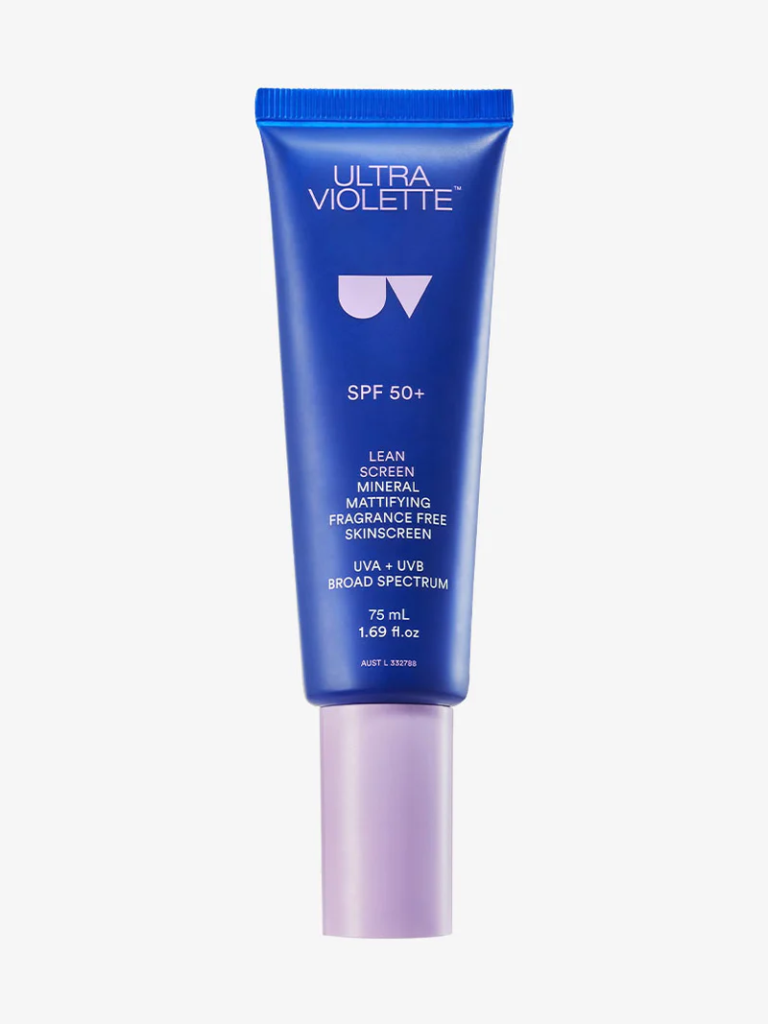
Ultraviolet also has an SPF 50 Lean Screen Mineral Mattifying Sunscreen, which is UVA and UVB broad-spectrum. These are good ones for sensitive skin and sensitive eyes.
Addressing Skin Discoloration
Moving on to if you have discoloration, a lot of sun damage, or if you have melasma, or if you have pigmentary problems in your skin—which sunscreens are nice?

Peter Thomas Roth has his Max Vitamin D-Fence SPF 50 with vitamin D in it. It also has vitamin B5, antioxidants as well, to help protect your skin. This is retailing for $42, it is formulated with coenzyme Q10, and it is surprisingly creamy in texture. So if you have pigmentary problems, this one might not be bad to look towards.

Which leads me to my second sunscreen, which is Isntree Purple Protector. You guys are going to notice that purple tints help to diffuse any sort of discoloration on your skin. This one is SPF 40, it is a chemical sunscreen, and it is purple in appearance, and it has allantoin and red onion extract to help even out skin tone. It helps blur the discoloration, and evens out your skin tone.

Moving on, pigmentation with brown discoloration is one thing, but discoloration with redness is another thing. Dr. Jart has his Tiger Grass Cicapair Sunscreen at SPF 30; it retails for $54. This is not going to be great for all skin tones—it’s just not, okay? But the darker you are, the less likely you are to see visible redness, so we can understand why. Also, it’s not that big of an issue for darker skin tones because they don’t see redness so much. But if you are extremely pale and you have a lot of redness coming through, this might be nice because it just blocks it. Very thick, very thick; it is mineral-based, it feels like paste. We liked this sunscreen a lot because it minimizes the redness from the treatment. So if you have a microneedling treatment or an ablative Fraxel or something, it’s a nice sunscreen to use to block that redness that appears on your skin.
For Darker Skin Tones
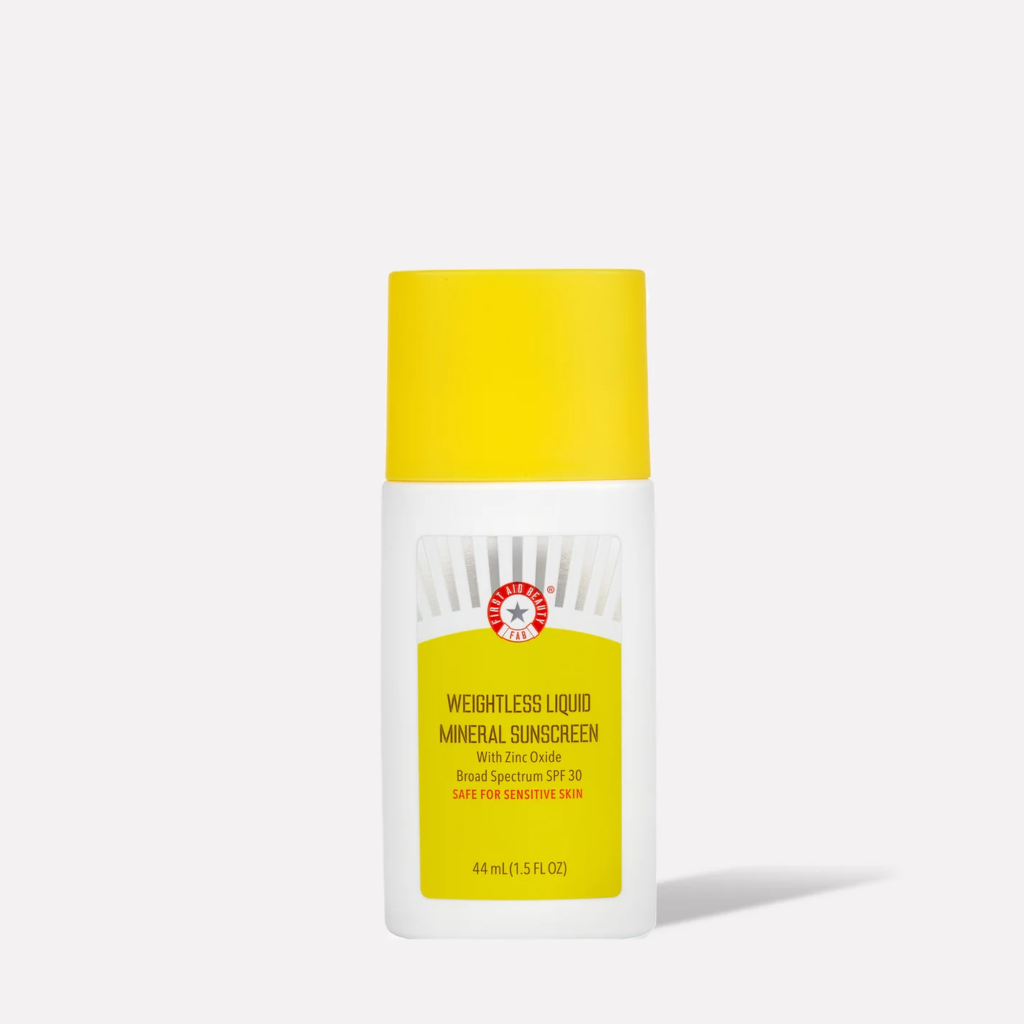
Now, moving into sunscreens for darker skin tones, the safest bet for darker skin tones is going to be to use chemical sunscreens because they are much more elegant in terms of meshing in with your tone. But if you are somebody who does not want to use a chemical sunscreen for whatever reason, or if you have sensitive skin, mineral ones like the First Aid Beauty Weightless Sunscreen with zinc oxide SPF 30 is a nice one.

Tatcha is another one that patients have told us about, specifically they’ve just repackaged—thank God, we hated their old packaging. This is an SPF 50, it’s their Silk Sunscreen, and this one retails for $60, and it is zinc oxide-based.

Our community of darker skin tones has told us specifically about these two; the other one they also mentioned to us once was the Peter Thomas Roth Mineral Weightless one that they like as well.
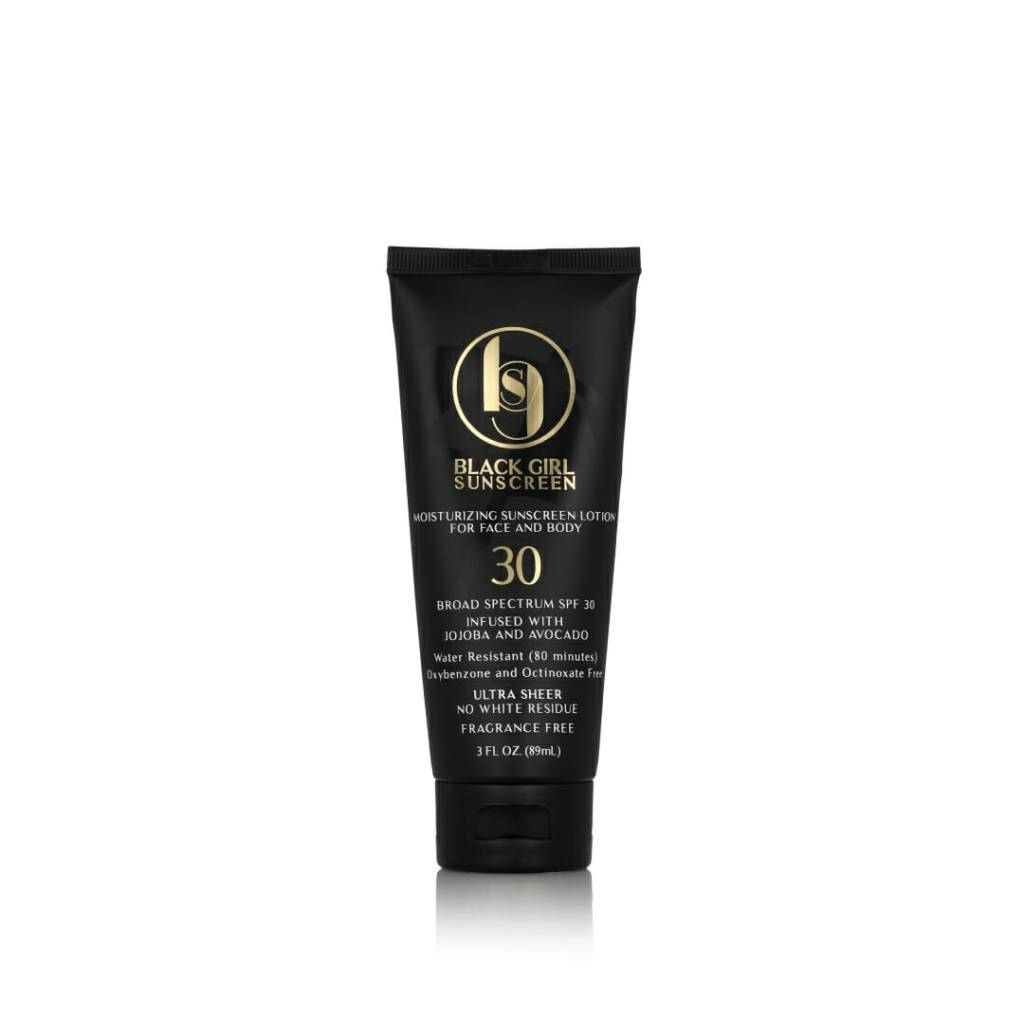
Black Girl Sunscreen is another one, but we don’t hear about them as much anymore.
Tinted Sunscreens
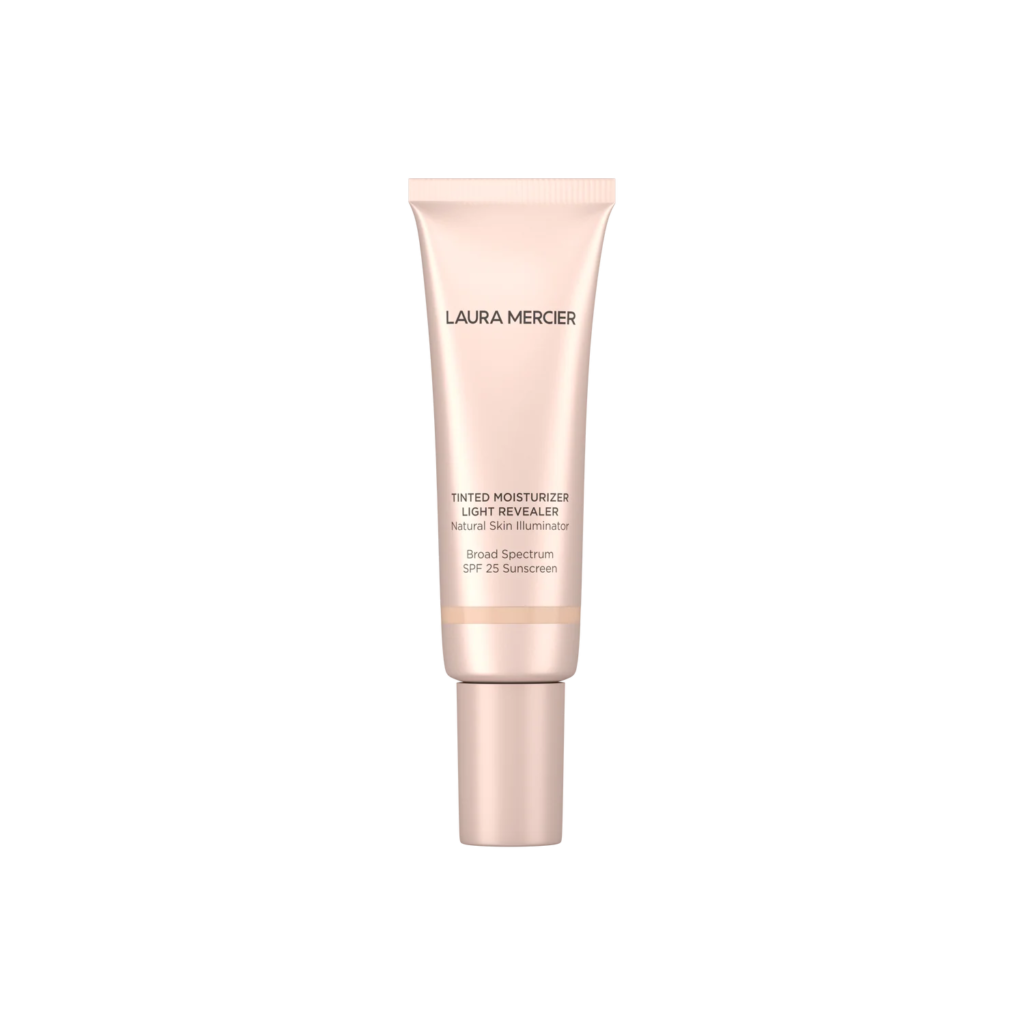
Now, in terms of tinted sunscreens that offer tinted makeup shades, okay, Laura Mercier. Some of our readers use this almost every day, especially in the winter when we don’t necessarily need a high sunscreen. The UV index is less than three; their Illuminating Skin Illuminator broad-spectrum SPF 25 is what we use in winter time when the UV index is low. SPF 25 is low, though, for summer, so you need to not just rely on this if you’re going to be outside, but they have over 20 shades, and it’s nice for everyday use if you are living in a city and going from building to building, and you go to work at 8:00 a.m. and you leave at 6:00 p.m., you probably can still get away with using this in the summer. But if you’re sitting by a window or going out during the day, or kind of like you know, very mobile in that sense, it might not be enough, so think about your lifestyle, but it’s very nice, it’s very easy, it is a chemical sunscreen, and it does not burn our eyes, so we’re going with it.
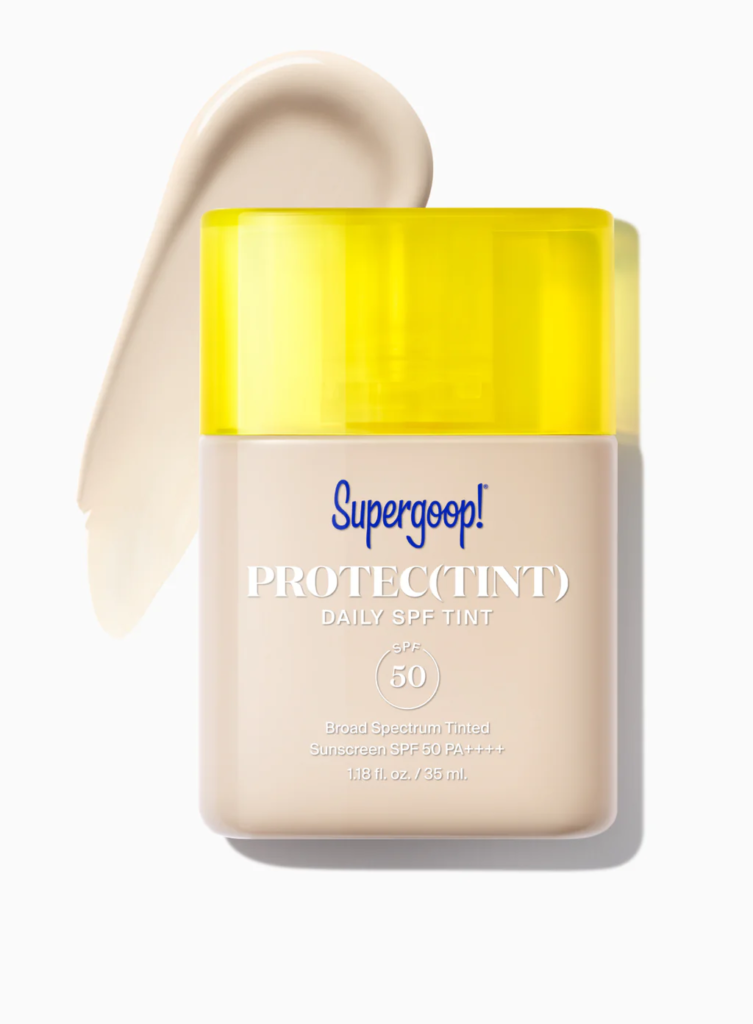
Supergoop has their Protect(Tint) Daily SPF tint; it’s chemical. It has ectoin in it to defend from oxidative damage, and it comes in 14 different shades. It is very, very lightweight; if this is going to be your only sunscreen that you are using, make sure to apply enough, which is two full fingers for your full face. It’s light, and you want to make sure that you are getting enough of this in order to get the right coverage.
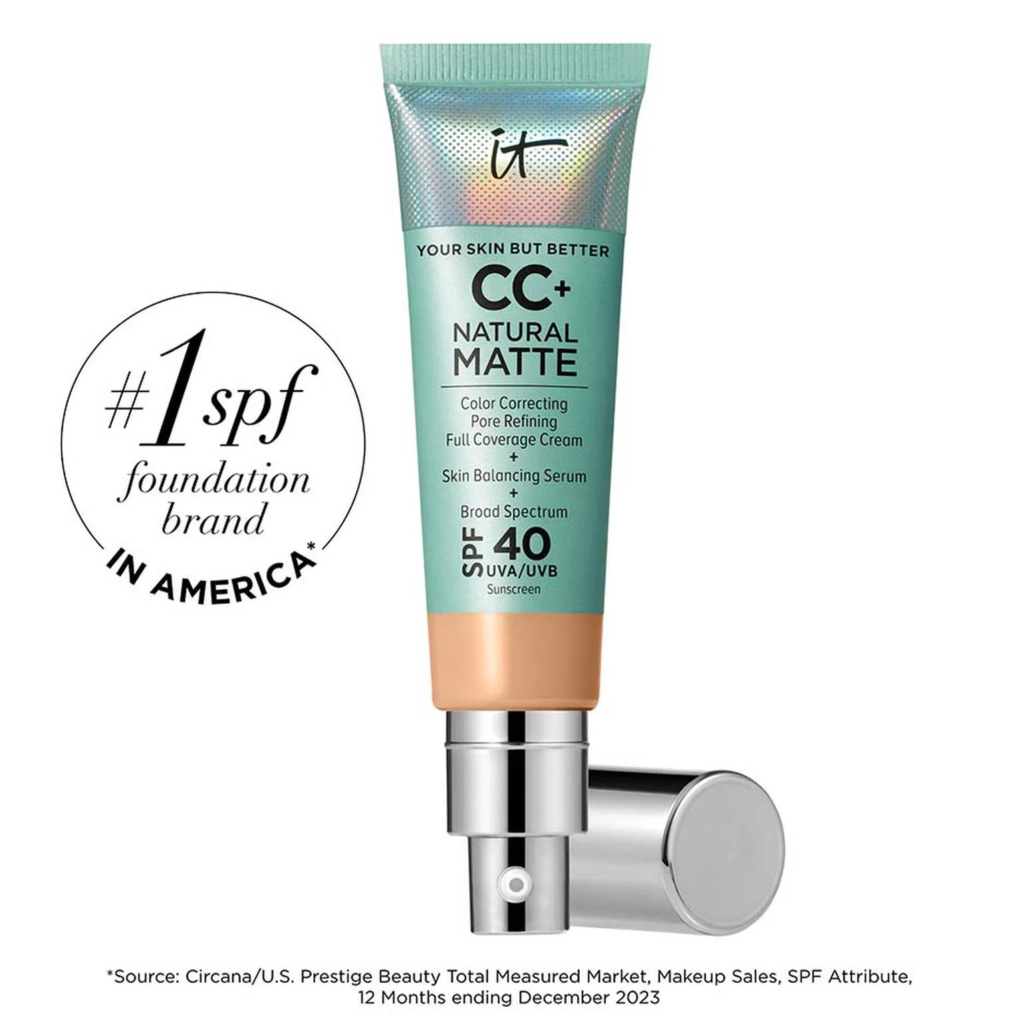
Okay, and then It Cosmetics has their CC+ Natural Matte SPF 40, which is matte coverage, which is also good for oily skin, and this comes in 30 different shades. She’s thick, okay? She is very thick. We feel like It Cosmetics loves to go thick and strong in many ways, but she’s really thick; it borders on like heavy coverage makeup, but there are 30 different shades of this. This might be too much for everyday use, but some people who like it instead of having to wear makeup in summer, it might be perfect for you.
Body Sunscreens for the Beach
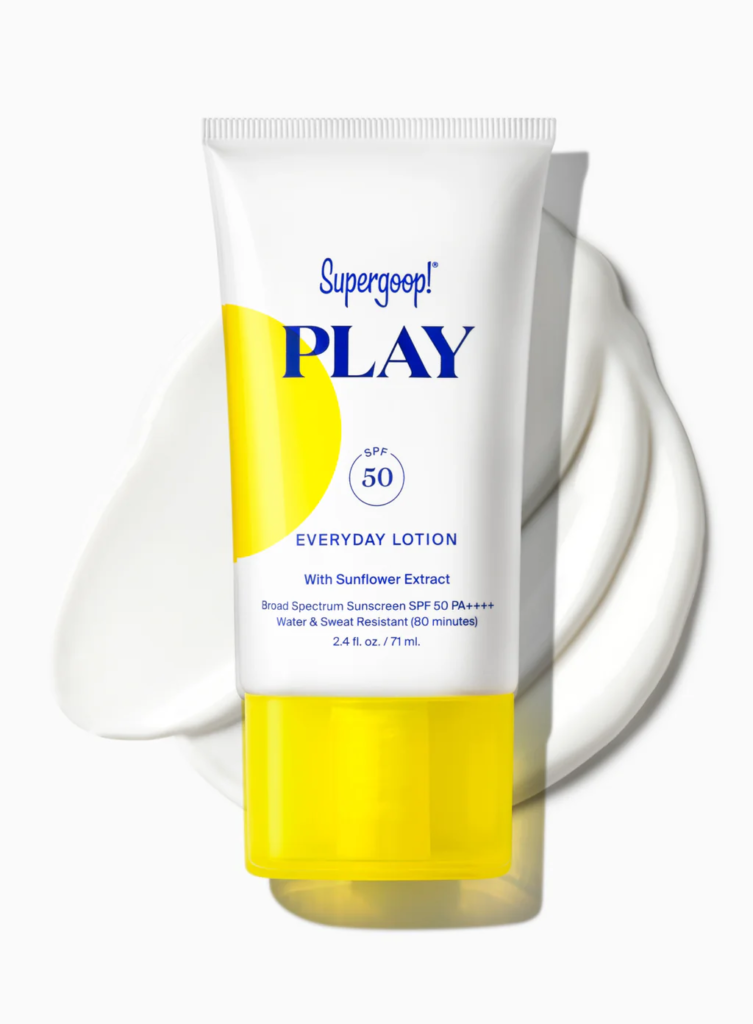
When it comes to the body and going to the beach, Supergoop Play is a very easy everyday lotion that you can use on your body. You can use almost all of these on your body, but they’re expensive, and so when people, consumers, buy body products versus face products, you’re getting more in the body. Obviously, it’s not as expensive as it is for the face. We think they don’t put in many vitamins, antioxidants, etc. So, this is their body sunscreen. It is chemical; it has burned our eyes a few times but not as consistently as, for example, their glow screen.
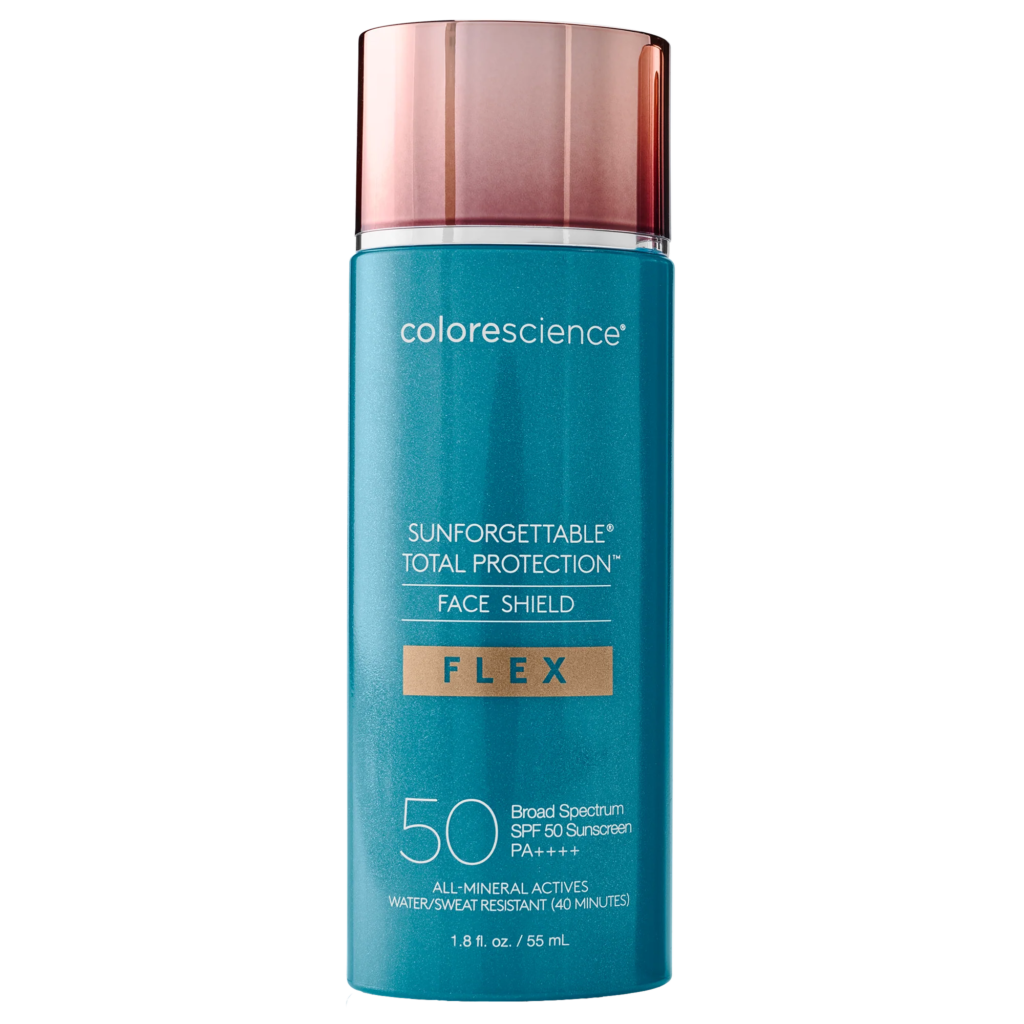
Color Science has a mineral sunscreen as well for the body, which is nice because it’s harder to find mineral sunscreens in the form of lotions. So, Color Science is one that has it, and they have a bronzed one as well, which gives you a shimmery glow.
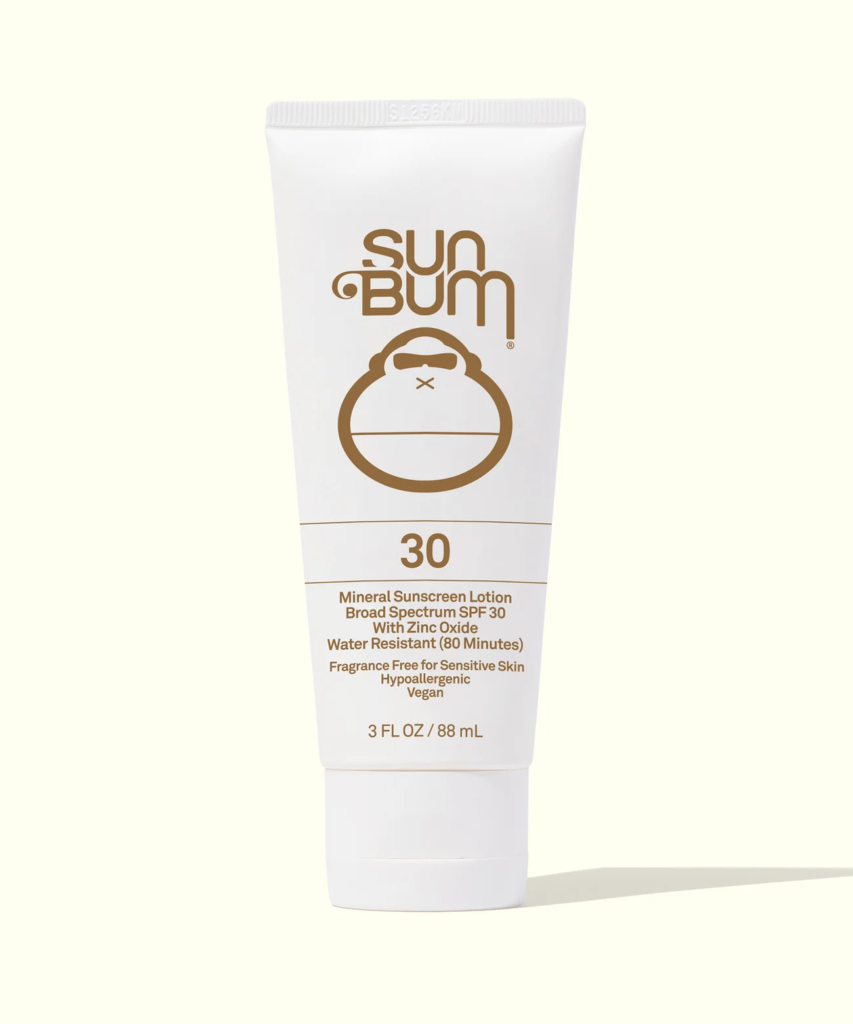
Of mineral sunscreens that come in a spray, we’re obsessed with the one by Sun Bum. Yes, you look like a ghost; yes, you look really white when it comes out—it’s the white bottle, the white mineral sunscreen spray. It smells like heaven, so that’s a plus. You get to physically see where you are applying the sunscreen. We are not a massive fan of sunscreen sprays because we think there’s some futility there where people think they sprayed themselves, but they didn’t get enough. With this, you physically see the white lines coming out of the spray can on the body, so it’s a very easy one to see where you’re applying and to get enough coverage with, but you will look like a ghost with that one as well. You’ll smell lovely, though, but you’ll look like a ghost.

Vacation has their whipped sunscreen, if you have somebody who is sunscreen-averse and they just don’t like applying sunscreen, or if you have kids who are just like always rolling their eyes, it could be a fun one for them to use to actually get them to use their sunscreen at the vacation on the beach. But you will go through a can like that; it finishes pretty fast if you’re using the right amount, so make sure to be aware that you are always using the right amount.
Conclusion
And with that, we did a sunscreen roundup of 20 plus sunscreens for you, and the best sunscreen for your skin type. We hope you found this blog post helpful. We hope it was helpful to learn the textures, to learn the differences in the sunscreens, and to understand what you’re using and why. As always, if you have any questions, let us know below.

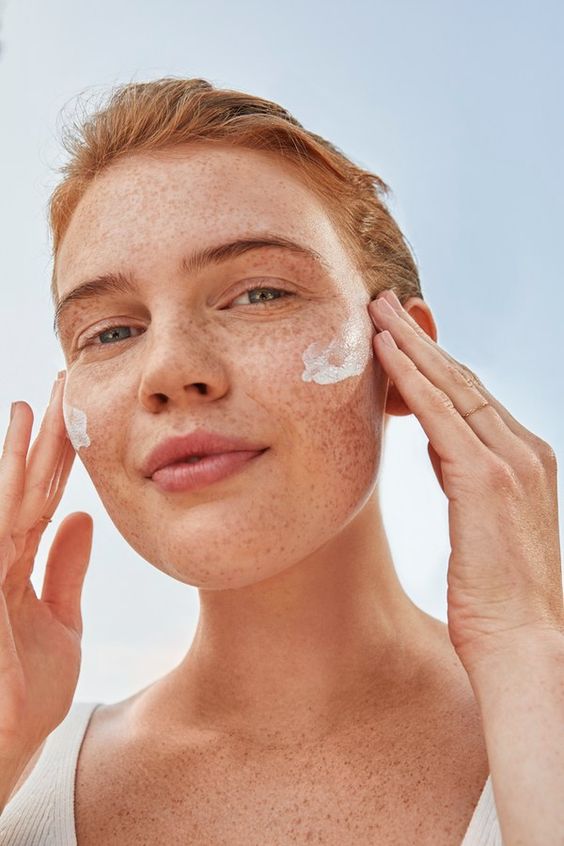

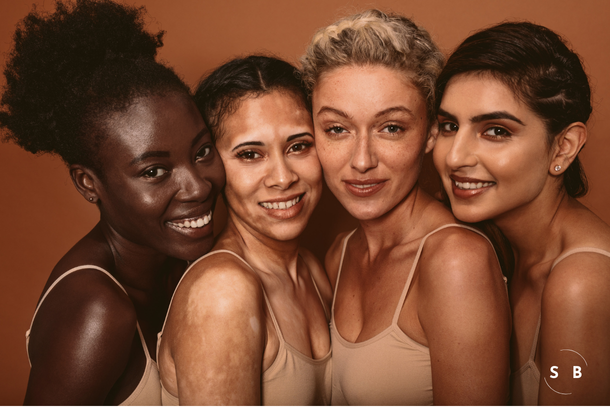
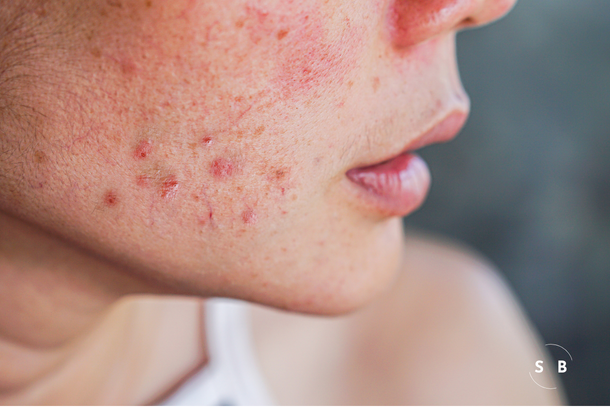
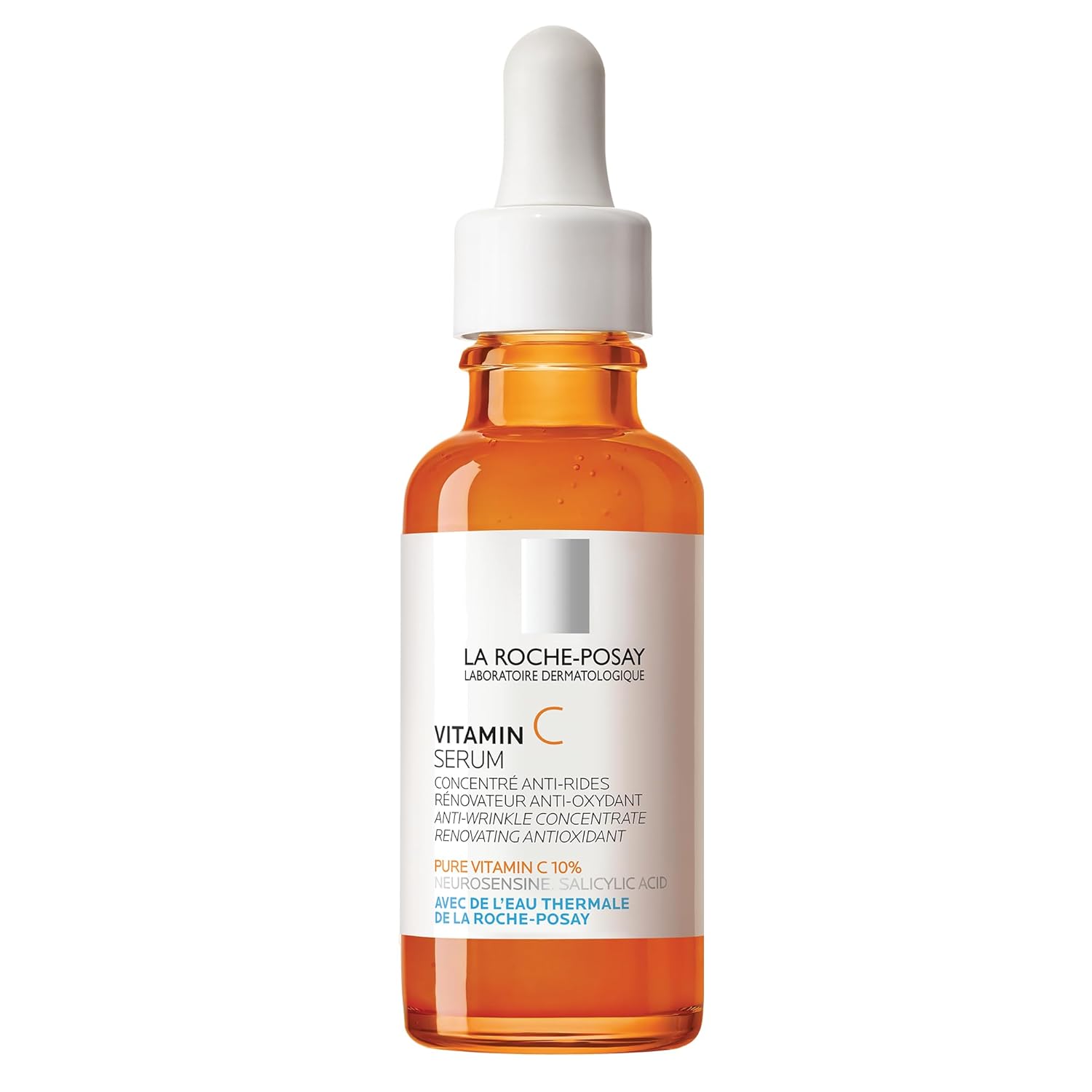
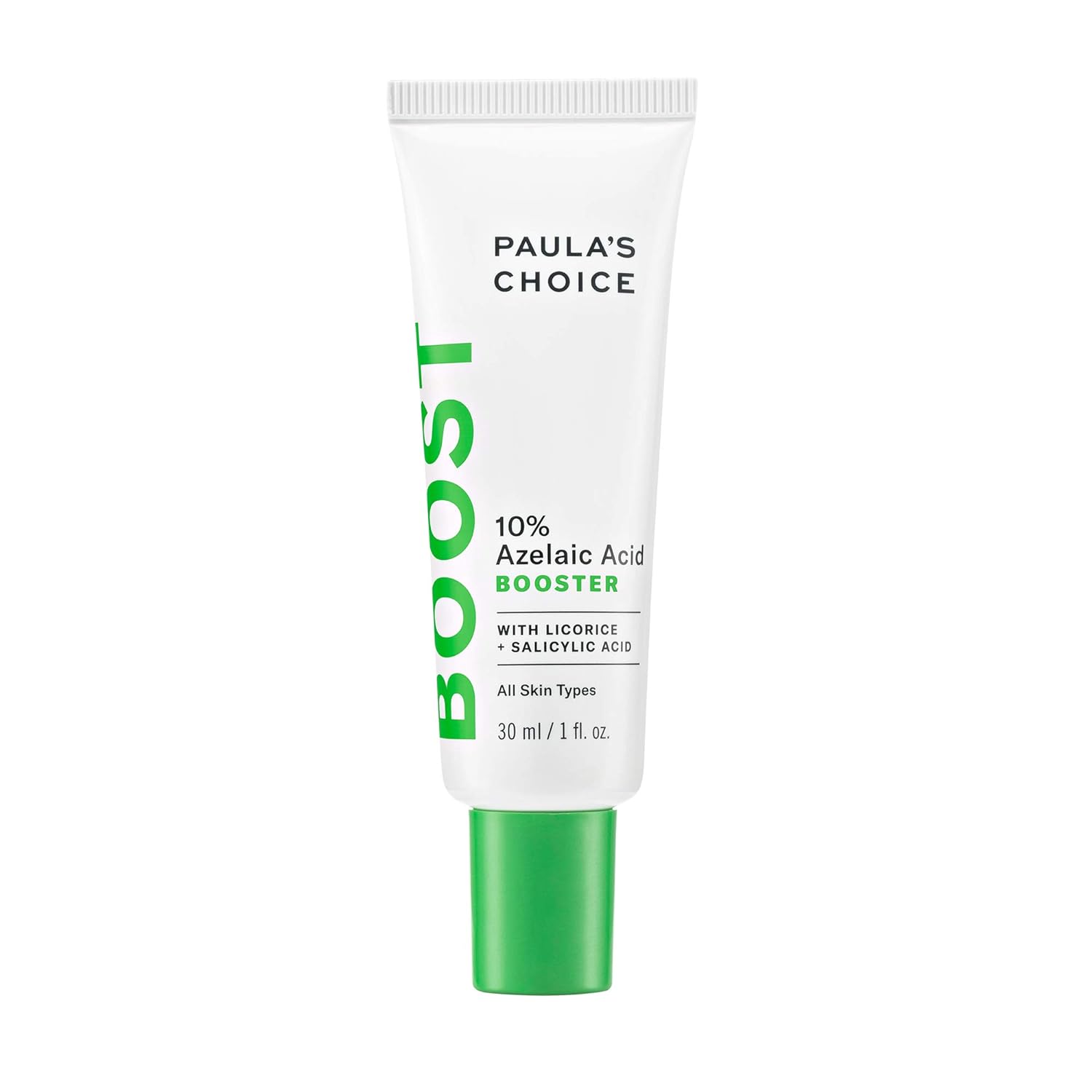
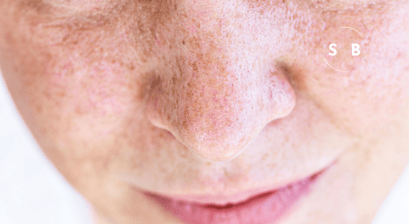
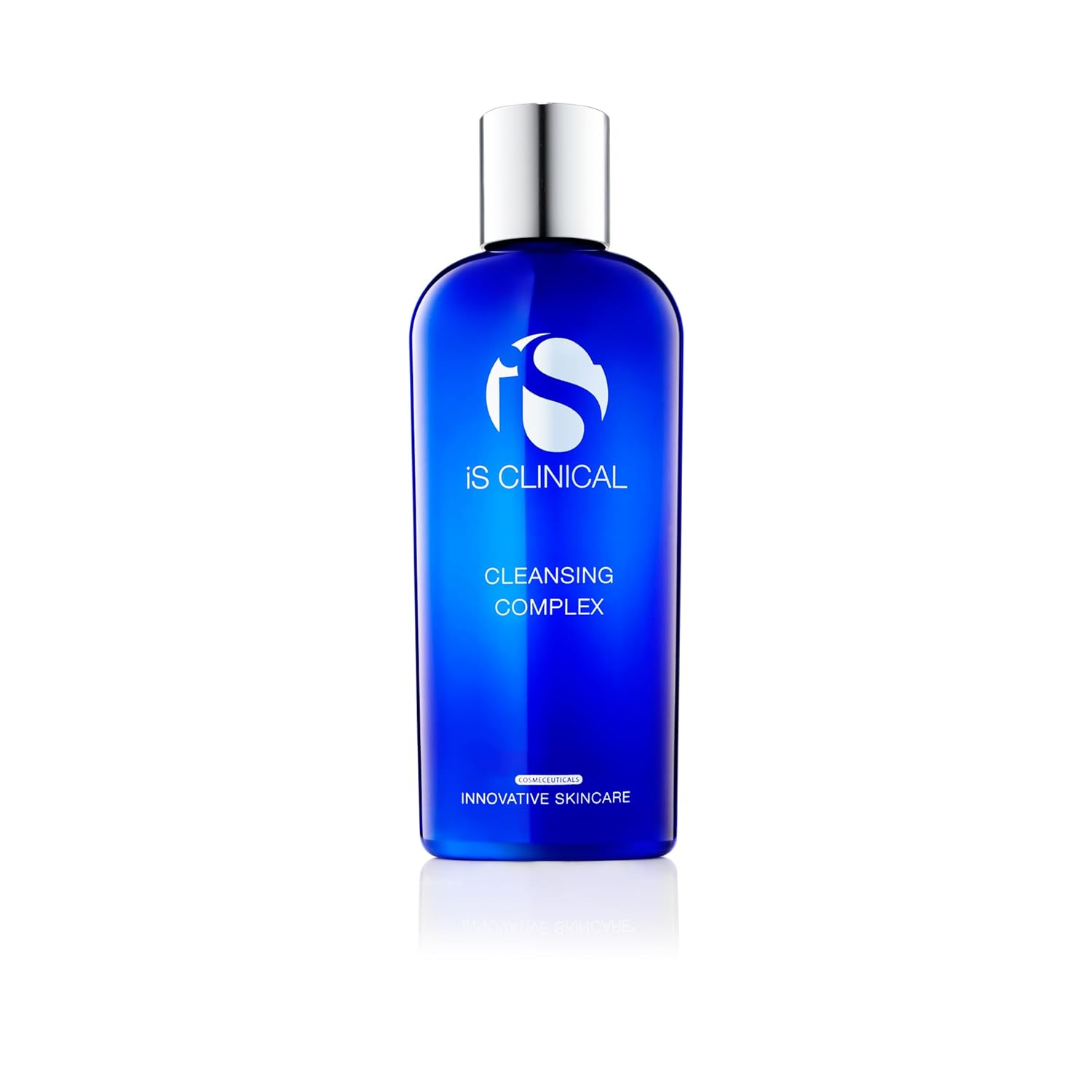
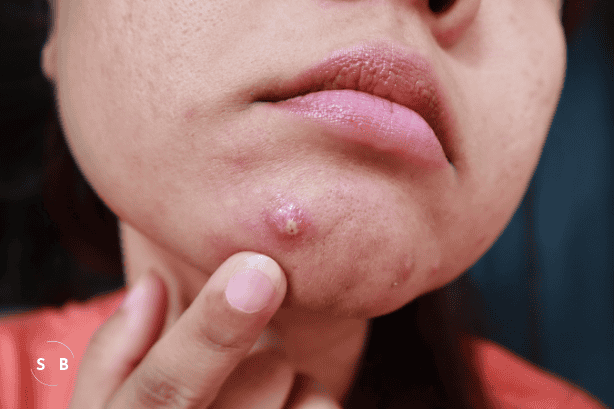
Leave a Reply